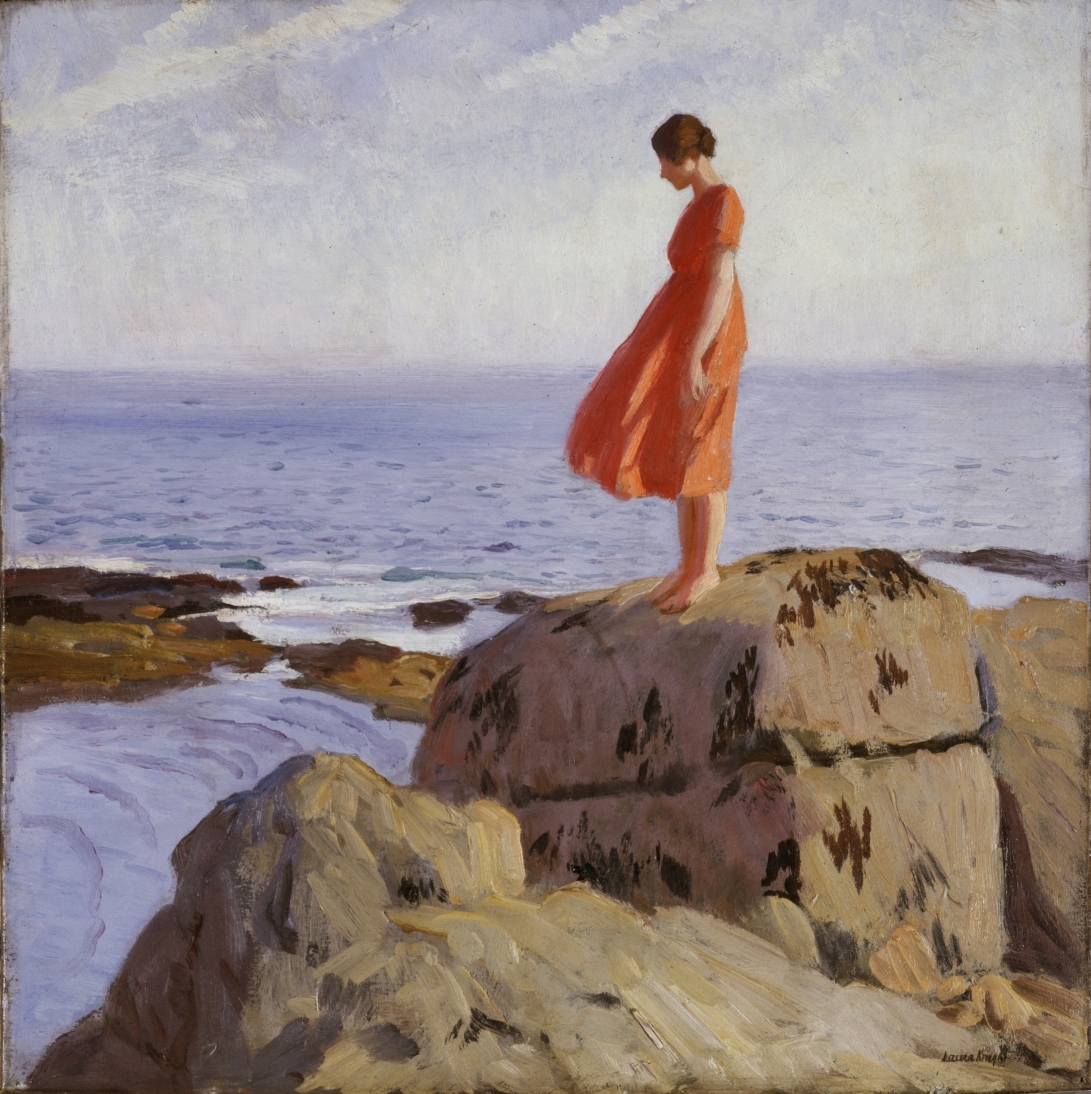Nella sera del 28 marzo 1941, poco dopo l'alba devastante della seconda guerra mondiale, la scrittrice Britannica Virginia Woolf (1882-1941), ossessionata dai suoi fantasmi e da sempre incline alla depressione, si riempì di sassi le tasche del soprabito ed entrò nel fiume Ouse dietro la sua casa per non uscirne mai viva.
Prima di lasciarsi morire, Virginia Woolf scrive al marito Leonard Woolf (Scrittore, editore, giornalista e teorico politico Britannico, 1880-1969) una lettera struggente.
Dame Laura Knight | The Dark Pool, 1908-1918







